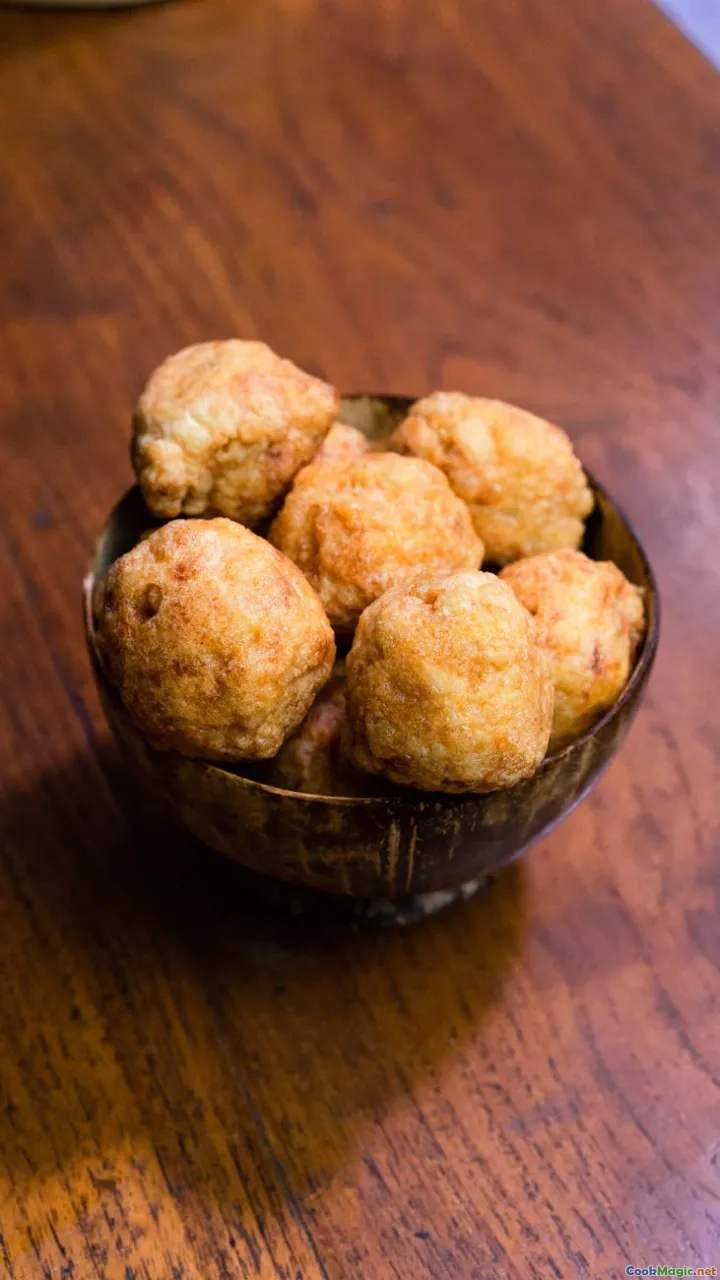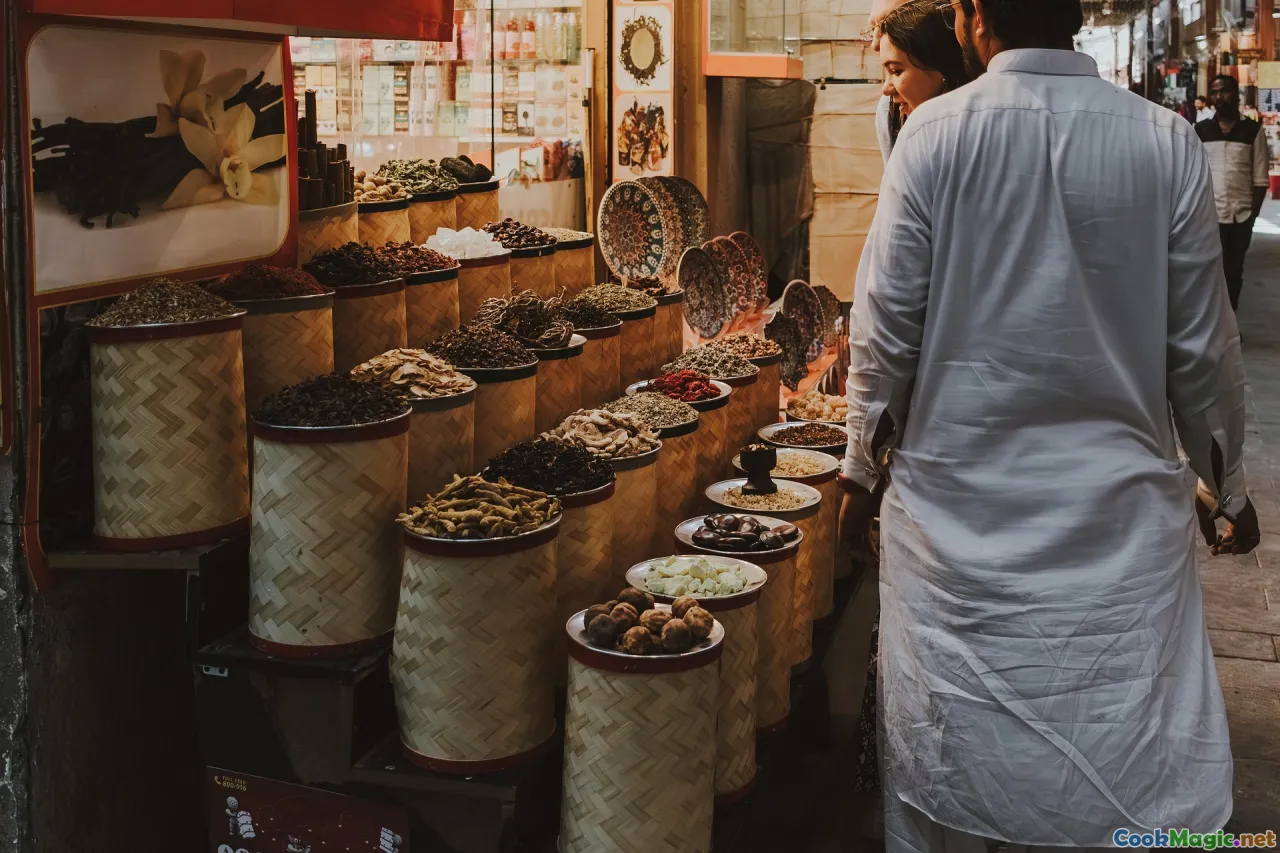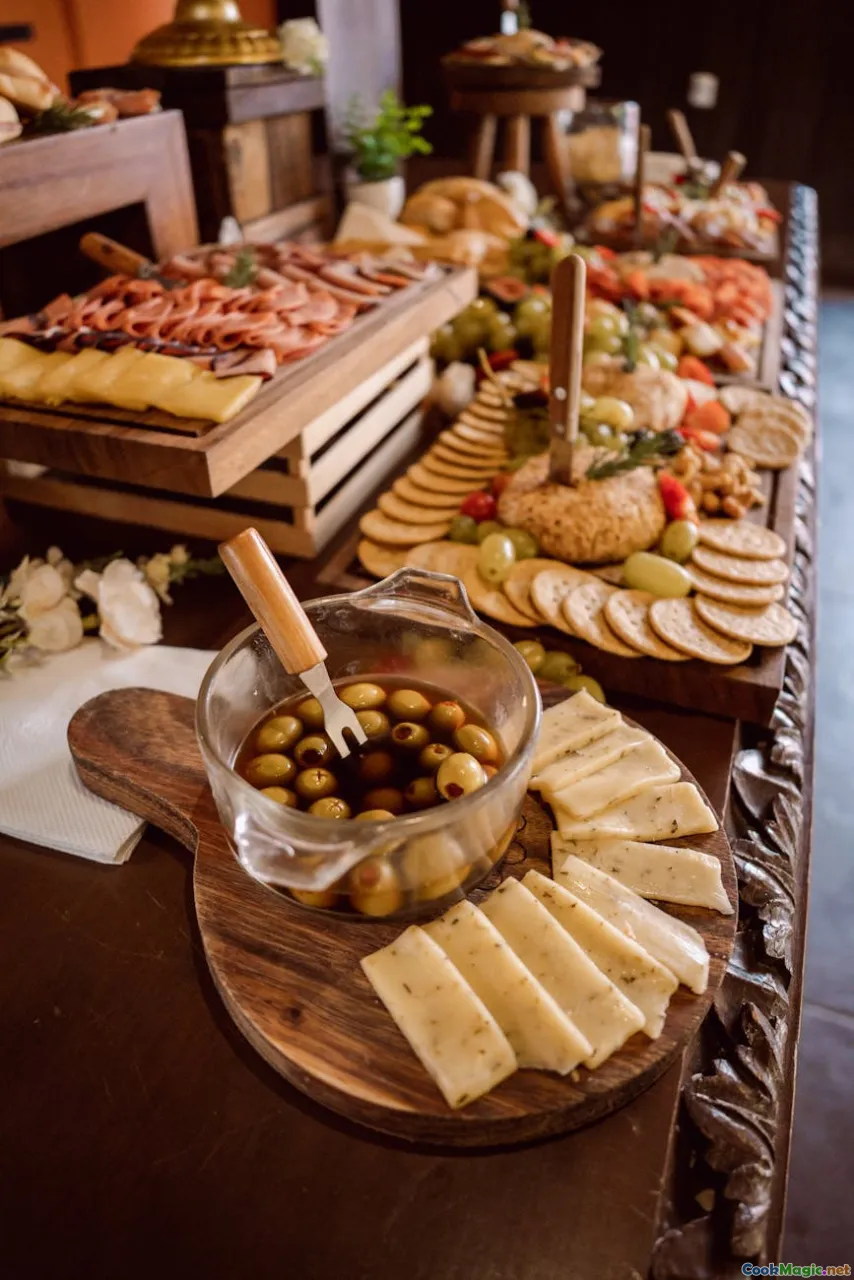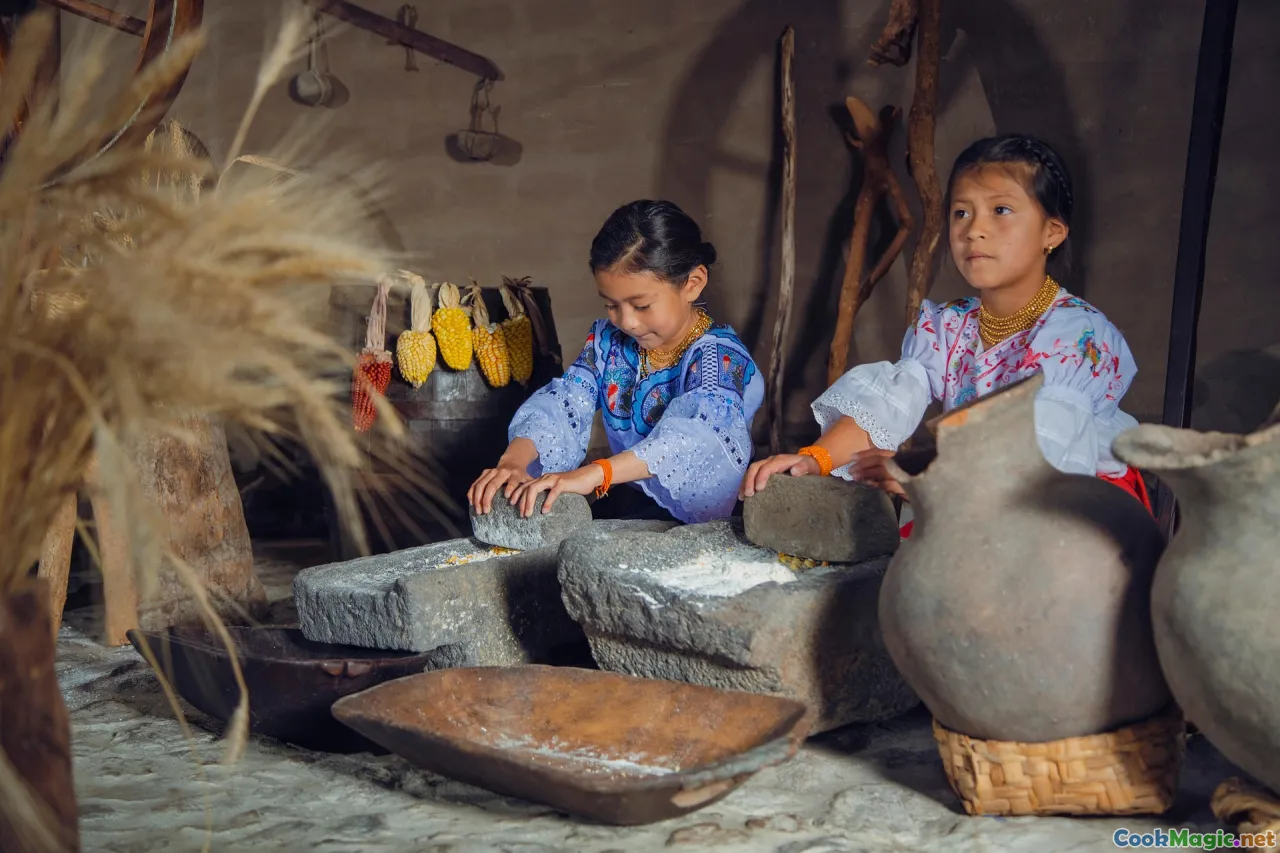How Betawi Cuisine Reflects Indonesia’s Diversity
9 min read Explore how Betawi cuisine embodies Indonesia’s rich cultural mosaic through unique flavors and culinary traditions. September 30, 2025 03:05
How Betawi Cuisine Reflects Indonesia’s Diversity
Walking through the bustling streets of Jakarta, it’s impossible not to be captivated by the mosaic of aromas, colors, and textures that define Betawi cuisine. Nestled within Indonesia’s vibrant tapestry, Betawi food embodies a rich cultural symphony, merging influences from indigenous traditions, colonial history, trade routes, and neighboring regions. This culinary landscape is more than just a palette of dishes — it’s a flavorful narrative of the Betawi people’s resilience and adaptability, offering a window into Indonesia’s sprawling diversity.

The Historical Tapestry Embedded in Betawi Flavors
Once a crossroads of trade and migration, Jakarta — formerly Batavia during colonial rule — became a melting pot of cultures. The Betawi people, native to the area, emerged as a fusion of Malay, Chinese, Arab, Indian, and European influences. Their cuisine reflects this history through a complex layering of spices, techniques, and ingredients.
For example, the iconic Nasi Uduk Betawiis an aromatic rice dish cooked with coconut milk and toasted spices, reminiscent of Indian biryani but local in flavor and modest elegance. Meanwhile, theAsinan Betawi, a fermented vegetable and fruit salad, showcases Chinese culinary influence with its tangy, sweet, and spicy profile.
Personal insight: I once sampled a traditional Betawi soto — a fragrant soup with turmeric, lemongrass, and chunks of chicken. Its vivid yellow hue and deep, savory aroma instantly evoke Indonesia’s diverse cultural influences, each ingredient whispering stories of distant trade routes.

Key Ingredients: The Flavors that Bind Cultures
Betawi dishes are distinguished by their bold use of spices and color. Coconut milk, galangal, turmeric, daun salam, and fresh chilies are the backbone, weaving regional ingredients into a local signature.
Take Kerak Telor, a unique omelet layered with glutinous rice, shredded coconut, shallots, and often rendered with dried shrimp or eggs. This dish blends the native land’s ingredients with Indian influences — reflecting Betawi ingenuity.
Understanding how these ingredients come together helps to appreciate how Betawi cooks have historically adapted available resources while respecting their cultural roots. It’s a culinary testament to a community that turns simple ingredients into a celebration of diversity.

Iconic Betawi Dishes and Their Cultural Stories
Gado-Gado Betawi
This salad of boiled vegetables, boiled eggs, tofu, and lontong (rice cakes) is thunderously popular, drizzled with peanut sauce spiced with garlic, chili, and palm sugar. Its roots lie in the ancient archipelago’s craving for fresh, healthy fare, but it’s adapted here with local spicy and sweet nuances.
Ketupat Sayur Betawi
Wrapped in woven rice cakes, this dish is a symbol of community and celebration, especially during Idul Fitri. Its sweet potato, vegetable, and coconut gravy exemplify the harmony of indigenous ingredients with Malay and Arab culinary traditions.
Soto Betawi
A creamy, turmeric-infused beef broth served with chunks of tender beef, potatoes, and crispy fried shallots — this dish’s rich, comforting flavor embodies Jakarta’s bustling history, where diverse communities come together in shared culinary joy.
Timeline story: I remember attending a traditional Betawi wedding in Jakarta, where a multitude of these dishes were served. The aroma of Soto Betawi simmering gently beneath the canopy of love and tradition encapsulated Indonesia’s inclusive culinary soul.

Street Food Culture: A Living History
Betawi street food is an ongoing expression of Indonesia’s diversity. Vendors craft satay skewers of ayam (chicken) or kambing (goat) over smoky charcoal, serving it with spicy peanut sauce and ketupat.
kerak telor, a flavorful rice pancake topped with shredded coconut and egg, is often sold in the evening markets, its aroma enticing passersby — a nostalgic Ancestral recipe, reborn in urban stalls.
Daily life in Jakarta is a culinary mosaic. Vendors showcase dishes that could include Chinese-style bakpia pastries, Middle Eastern kebabs, or traditional Betawi snacks such as Lapal (rice flour pancake filled with shredded coconut and palm sugar). Each bite is a portal to the community’s layered past.
Challenges and Preservation of Betawi Identity
In recent decades, rapid urban development has overshadowed traditional Betawi cultures, including their cuisine. Many recipes risk fading into obscurity due to modernization and globalization. However, local chefs and food activists work tirelessly to preserve and reinterpret Betawi dishes.
Community-based culinary tours, festivals such as Festival Betawi, and kitchen apprenticeships ensure that these flavors remain alive in Jakarta’s vibrant streets and homes.
This effort is essential because Betawi cuisine isn’t just about food; it’s a cultural dialogue, a testament to Indonesia’s pluralistic identity.

Tips for Experiencing Betawi Cuisine
- Visit local markets such as Pasar Baru or Tanah Abang, where traders display an array of spices, herbs, and ready-to-eat delicacies.
- Dine at traditional Betawi restaurants that serve dishes like Soto Betawi and Nasi Uduk, especially during festive seasons.
- Participate in cooking classes offered by local culinary schools or community groups, learning to craft dishes like Kerak Telor or Gado-Gado.
- Attend cultural festivals celebrating Betawi heritage, where food, dance, and music interplay to tell stories of diversity.
The Embrace of Diversity Through Cuisine
Betawi cuisine, with its harmonious blend of influences and ingredients, exemplifies Indonesia’s expansive cultural diversity. It tells stories of migration, resilience, and cultural exchange through every fragrant spoonful and crispy bite.
Eating Betawi food is, therefore, an act of recognizing and honoring the rich ethnic and cultural layers that make up Indonesia. It’s an invitation to explore beyond borders, discovering how identity is expressed through shared, time-honored recipes.
As Indonesians continue to evolve their culinary landscape, Betawi cuisine remains a vital celebration of unity within diversity. Its flavors echo the nation’s history — a testament that in spice, color, and communal feasts, Indonesia’s soul is baked into every dish.
Exploring Betawi cuisine is, indeed, a journey into the heart of Indonesia — a mosaic of tastes, stories, and shared humanity waiting to be tasted and appreciated.









